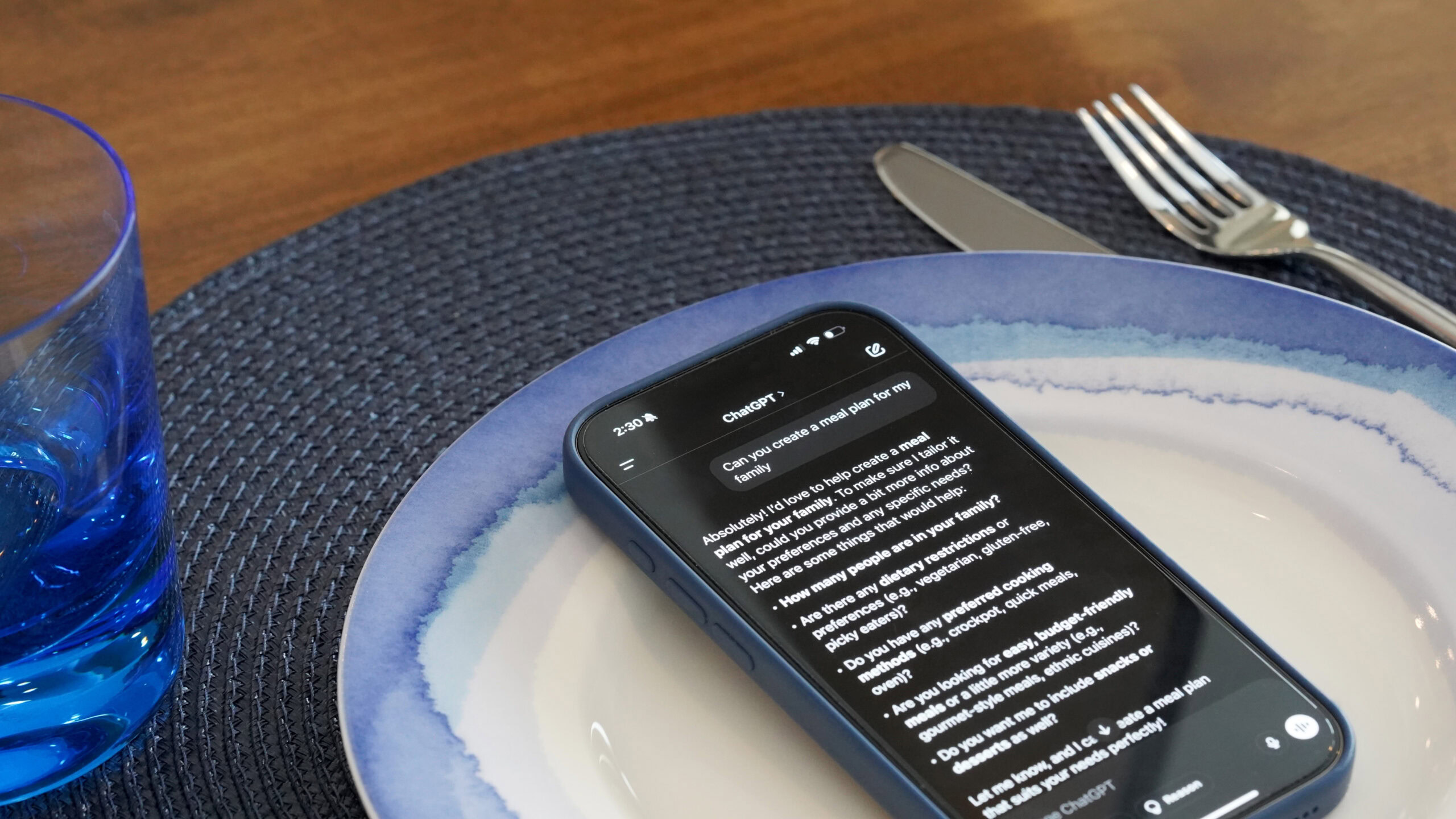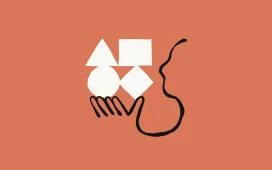
Calvin Wankhede / Android Authority
It hit me while I was standing in the grocery store with my phone out. I don’t use note-taking apps anymore. My shopping list was sitting in a persistent chat with ChatGPT, right where it had created it for me after helping me plan my family’s meals for the week. It even specified my daughter’s favorite yogurt.
This wasn’t a one-off. I had slowly started using ChatGPT as a productivity tool for every part of my personal life.
It started when I grew tired of juggling multiple apps for notes, lists, and reminders. I didn’t want to bounce between half a dozen apps just to get stuff done. ChatGPT, as it turns out, is slowly turning into my super app, and I’m not sure that’s what it was designed for.
Would you use ChatGPT to manage your daily life?
0 votes
My use of AI is a little unconventional

Nathan Drescher / Android Authority
My day starts with a check-in. I open a persistent chat I call “Today.” It’s kind of my central hub. I get it to remember my day’s tasks, set priorities, and work through what needs doing. If I tell it what times I have things to do, it’s great at arranging my schedule for me. I’ll ask it to help organize things by urgency, and it handles it all for me. When something new comes up, I just type it in. No form fields, no UI clutter.
I keep a rolling list of time-sensitive items I review throughout the day. I need to remember to check it because ChatGPT doesn’t have push notifications, but the low-friction input means I don’t forget to capture things, so it evens out.
Shopping and meal planning live in another chat. The grocery list gets updated throughout the week. It’s easy to meal plan and then have ChatGPT create a shopping list, organized by section of the grocery store. I can input what foods I have on hand and it will spit out some suggestions for quick meals. When I purchase something, I simply tell it, and the AI automatically crosses that item off the list.
All parts of my personal life are managed this way. Errands, kids, health. They’re searchable, and ChatGPT is great at resurfacing information with a single command. That’s more than I can say for a lot of productivity tools I’ve tried.
It works better than it should

Kaitlyn Cimino / Android Authority
I don’t believe this is what Sam Altman and the OpenAI team had in mind for ChatGPT. And I didn’t set out to use it this way. In fact, I didn’t find many uses for it at first. I never liked AI-generated slop, whether written or visual. As a journalist and writer, I’ve been kind of hostile to AI. But then I began using it for web searches, and that evolved into recipes, and budgeting, and then I learned it could take notes, and, well, it just sort of happened.
ChatGPT is everywhere. It’s always synced. I don’t have to worry if something was saved. I don’t have to remember which app I saved it in. It’s all in one place. There’s no UI to learn or settings to tweak. I just type what I need and it does the rest.
There’s no UI to learn or settings to tweak. I just type what I need and it does the rest.Nathan Drescher
The persistent chat format is powerful because it remembers what I told it earlier, and it keeps context better than any standalone tool. Notes and lists can be updated easily. I can even change priorities mid-thread, and ChatGPT picks it up without skipping a beat. Most importantly, it reduces mental overhead. Everything is centralized and handled by something objectively smarter than many people.
It’s not all roses and sunshine

Nathan Drescher / Android Authority
All that said, ChatGPT is not perfect. The lack of push notifications is a real pain point I’ve had to learn to work around. Unlike a dedicated reminders app, which can notify me on my phone, laptop, and watch, I need to manually open ChatGPT and ask it to show me my next reminder. It can send me an email for each reminder, which can then push to my device, but it’s a bulky workaround.
There’s also no integrations with calendars or emails. It cannot handle recurring tasks or automate workflows. If I forget what I put in a note or a task I created, there’s no way to get it back. There’s no visual structure, either. No kanban boards, no drag-and-drop timelines. This means I need much stricter self-discipline to use it as my second brain.
I need much stricter self-discipline to use it as my second brain.Nathan Drescher
Finally, it’s not built for collaboration. That’s why I don’t use it for work. It’s useless when working with a team or editors, but for personal life management, it’s surprisingly effective.
The unintended productivity app for me
ChatGPT is not a productivity app. Maybe that’s why it works so well for me. It’s conversational, always available, and adapts to my sometimes crazy day without forcing me to follow a strict system thought out by someone else.
It’s replaced a lot of my apps, including task managers, note-taking apps, and spreadsheets (although Google Keep will always be on phone). It’s good enough that I’m not looking for replacements.
This won’t suit every kind of user. But if you’re like me and prefer to brain dump rather than meticulously organize, then ChatGPT might just be the second brain you didn’t know you had.









